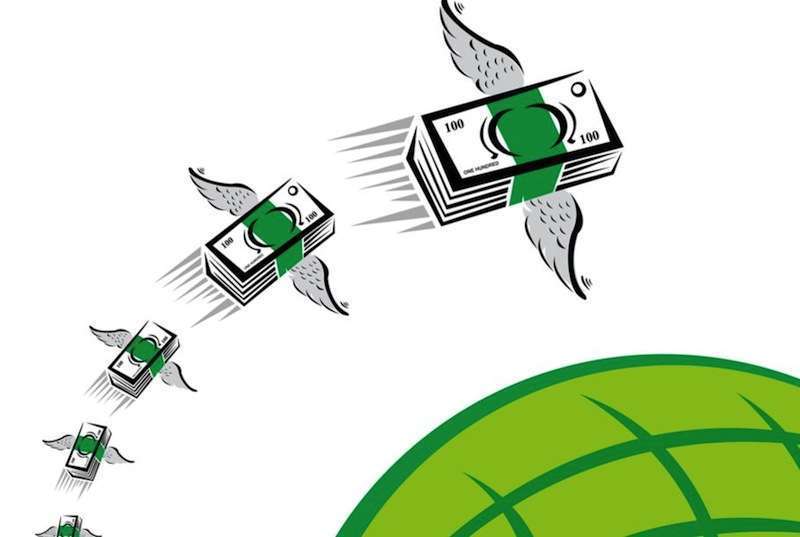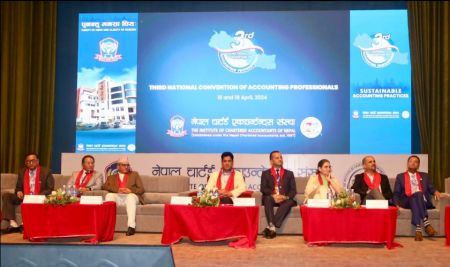May 12: Macroeconomic indicators have shown signs of improvement after months of crisis. The policies adopted by the government and Nepal Rastra Bank (NRB) has had a positive impact on remittance inflow and foreign exchange reserves.
The Current Macroeconomic and Financial Situation Report published by the central bank on Wednesday shows that the inflow of remittance and foreign exchange reserves in the ninth month (mid-March to mid-April) of the current fiscal year have improved to some extent compared to the previous month.
Remittance inflow had been declining since the start of the current fiscal year but has now become almost stable since mid-March.
The total inflow of remittance in the first nine months of the current fiscal year stands at Rs 724.74 billion which is lightly less compared to that of the corresponding period of last fiscal year by just 0.6 percent.
Remittance inflow in the first month of the current fiscal year had declined by 18 percent.
In the month of Falgun (mid-February to mid-March), the monthly average inflow of remittance was Rs 78 billion which increased to Rs 93 billion in the very next month.
Remittance is the main source of Nepal’s foreign currency reserves. As the inflow of remittance started declining, banks started providing additional interest by one percentage points for Nepali migrant workers depositing remittance sent through formal banking channels. Meanwhile, the NRB fixed a ceiling on internal transfer of money in order to crack down on the illegal hundi business.
Deputy Spokesperson of NRB Narayan Prasad Pokharel informed that the inflow of remittance has shown positive sign as the number of Nepali migrant workers visiting foreign countries has increased after the Covid-19 pandemic subsided while the value of US dollar has also strengthened compared to the Nepali currency, thereby having a positive impact on remittance inflow.
Due to the improvement in remittance inflow, the pressure on foreign exchange reserves has eased to some extent. Nepal’s foreign exchange reserves, which stood at US$ 1399.3 billion in last July had dropped by 16.5 percent to US$ 1167.92 billion as of mid-April.
Based on the imports of nine months of 2021/22, the foreign exchange reserves of the banking sector is sufficient to cover the prospective merchandise imports of 7.4 months, and merchandise and services imports of 6.6 months, the NRB report stated.
The government and the central bank adopted strict measures to discourage import of luxury goods after the country’s foreign exchange reserves started declining. NRB imposed 100 percent cash margin for opening LC to import luxury goods and has also banned the import of 10 items for the rest of current fiscal year.






















